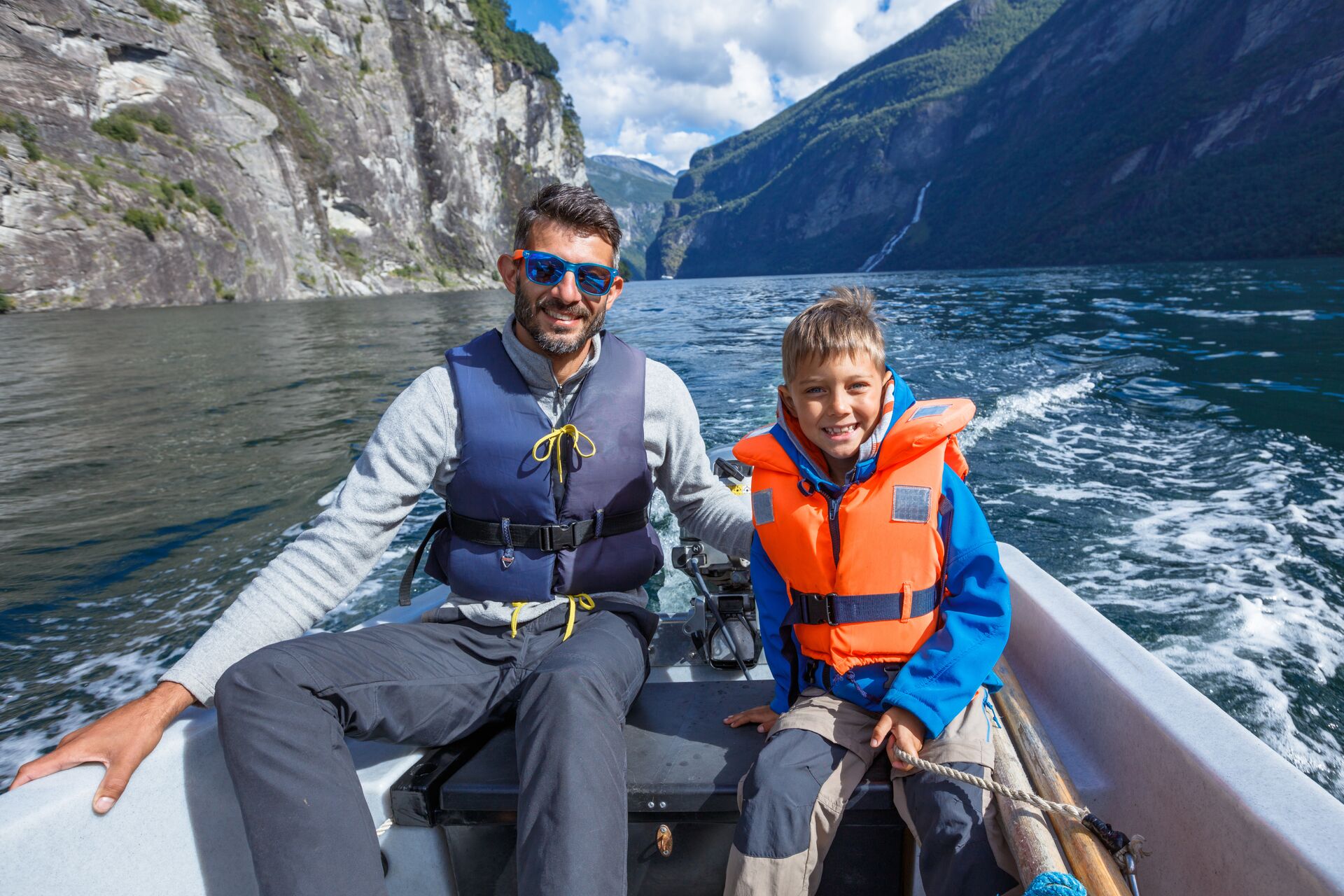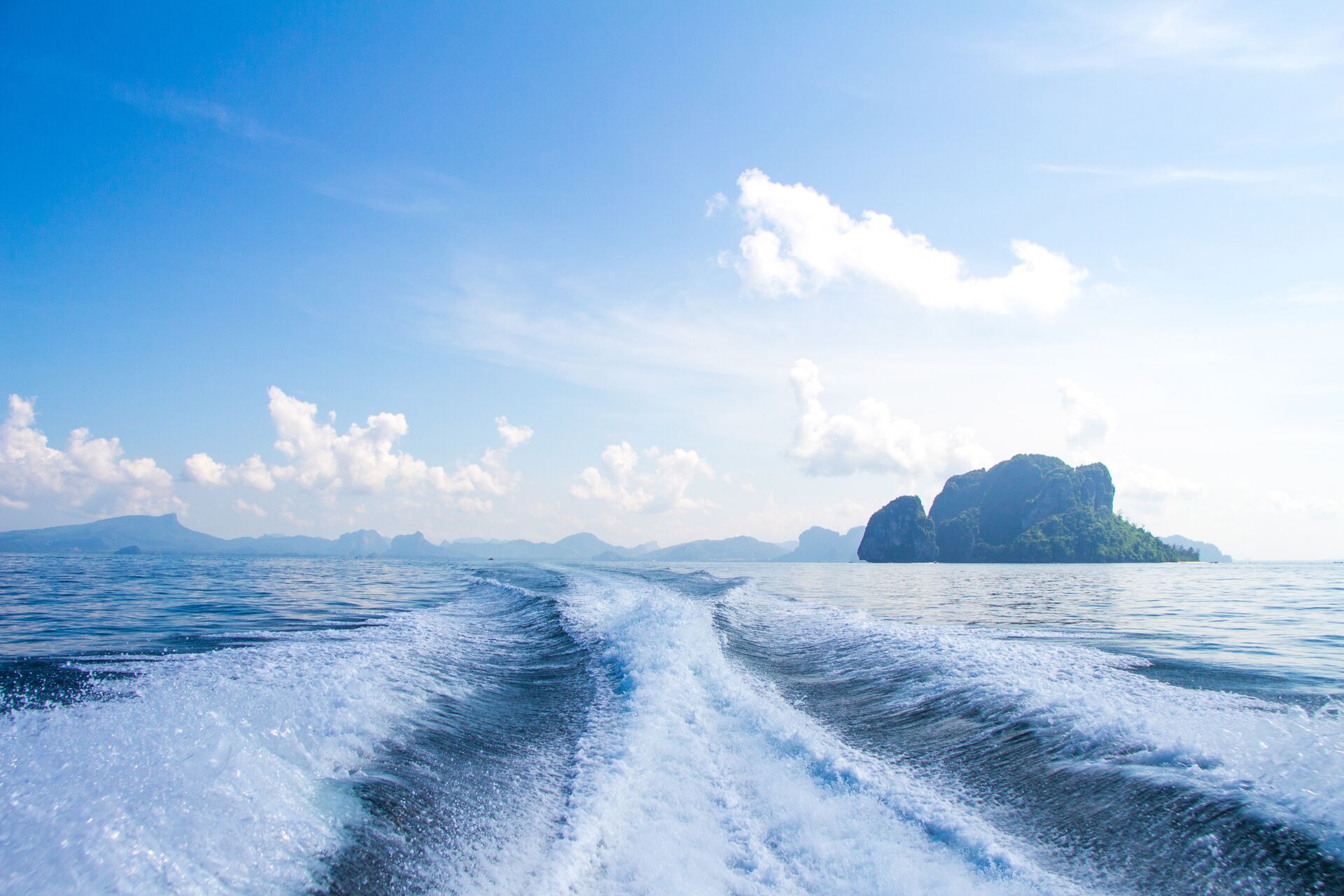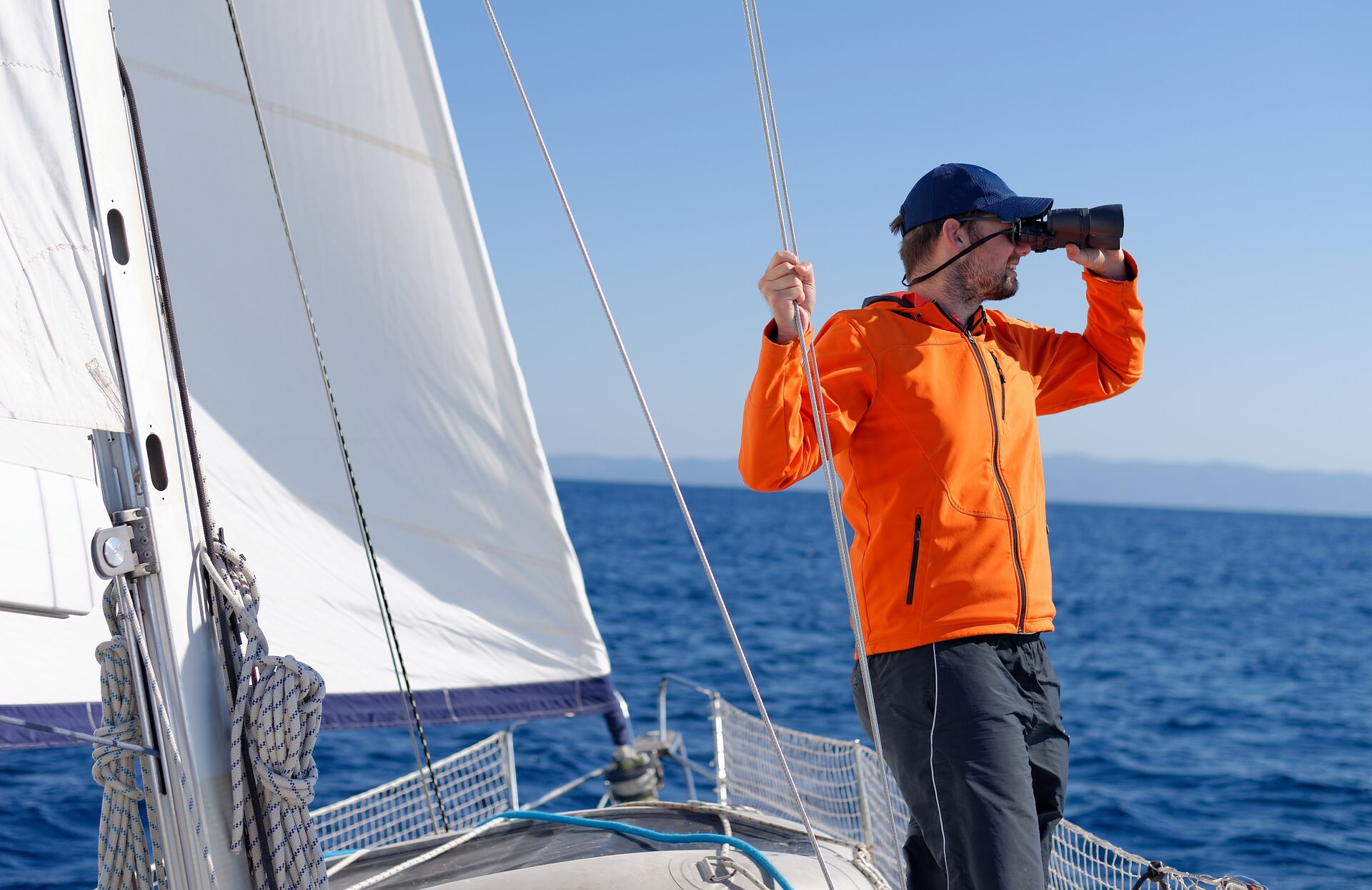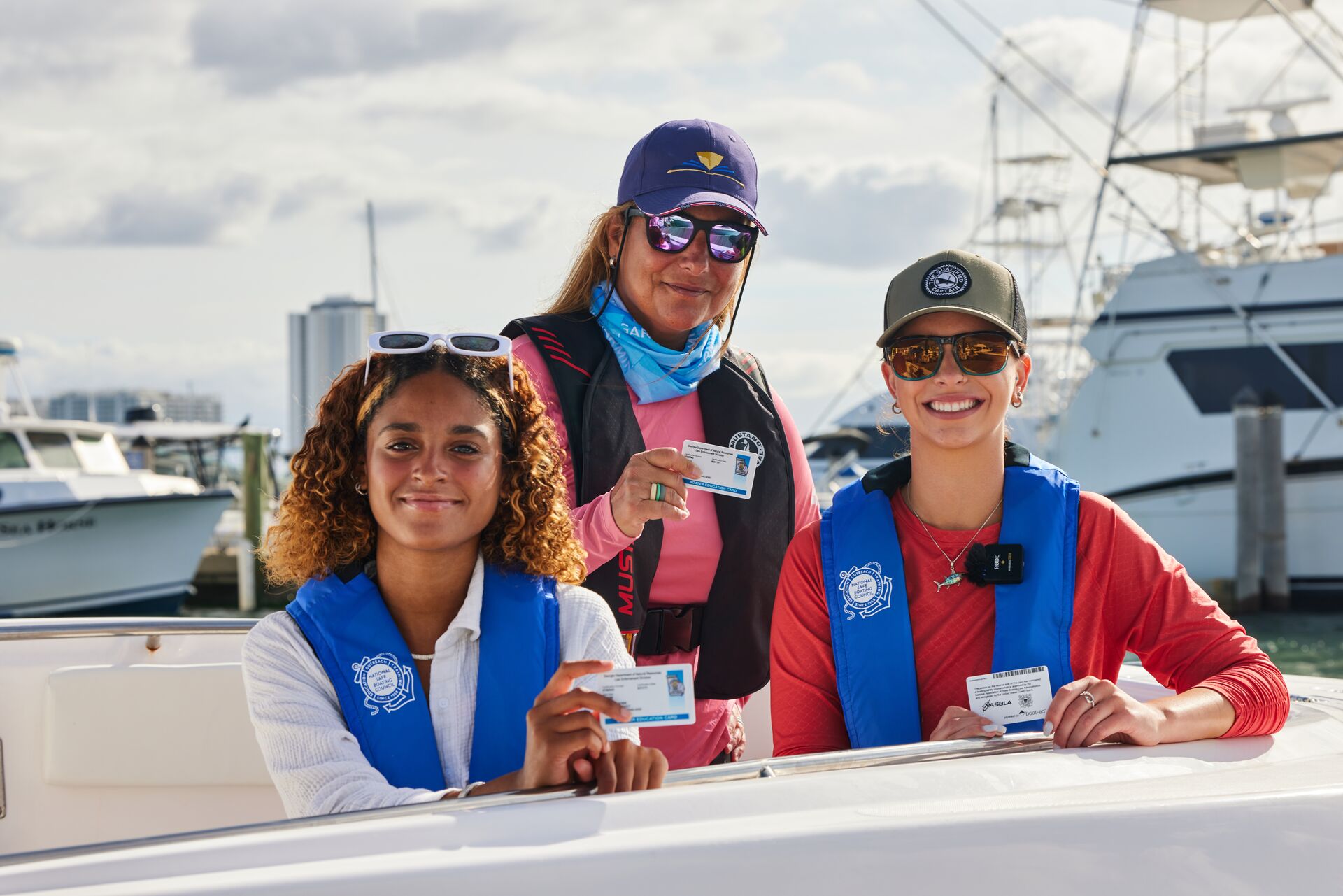Cold Water Immersion [What to Know and How to Survive]

Cold water can be dangerous when out for a day on a boat in cold or bad weather. Boaters should avoid cold water when possible and take extra precautions if they must go out in cold water.
Cold water literally shocks the body, causing it to slowly shut down, which makes drowning much more likely. While some trends encourage cold water baths or plunges for specific health benefits, when you or one of your passengers are suddenly submerged in very cold water, you must act quickly to get out of the water and warm up. It can become a matter of life or death.
What does cold water do to the body, and how can you survive if you fall in it? Keep reading for insights into cold water immersion and what to do if it happens while operating a boat.

The Stages of Cold Water Immersion
Falling into cold water causes the body to experience several responses depending on the temperature and time spent in the water. Here are four stages to be aware of.
1. Cold Water Shock
Stage 1 of cold water immersion is called "cold water shock."
When a person falls into cold water, it triggers the "gasp reflex." This reflex includes hyperventilating and muscle spasms and can lead to inhalation of water.
This response can lead to changes in heart rate and blood pressure. This stage lasts about two to three minutes.
2. Short-Term Immersion
Stage 2 of cold water immersion is called "short-term immersion." In this stage, the body starts to lose basic motor skills.
In as few as three minutes, a person can begin to lose strength and sensation in the hands. This results in swimming failure and can easily cause drowning regardless of swimming skill level.
3. Long-Term Immersion
Stage 3 of cold water immersion is called "long-term immersion."
After about 30 minutes in cold water, the body's core temperature will drop below a safe level. This is called hypothermia.
The body's core temperature will drop until it has reached the water's temperature, and the person will lapse into unconsciousness.
4. Post-Rescue Collapse
Stage 4 of cold water immersion is called "post-rescue collapse."
In this stage, a drop in blood pressure caused by hypothermia can cause a person to become unconscious or stop breathing, even several hours after the rescue. This is why receiving immediate medical attention after cold water immersion is critical.

How to Prevent Cold Water Immersion
Capsizing and falling overboard are the most common causes of cold water immersion.
Capsizing is most often caused by unsafe boat handling, improper anchoring, overloading, or the loss of power or steering. Falling overboard can be caused by slips or falls while moving around a boat or by quick maneuvering.
- Always stay low and stable while moving around the boat.
- Safely load the boat to distribute weight evenly.
- Use caution in bad weather.
Make sure passengers understand how to move around on the boat safely, too.
Cold Water Immersion Survival and Recovery
It is critical to get yourself (or a passenger) out of the water, however possible, as soon as possible.
Remember that your ability to swim may begin to be affected in as few as three minutes, and you'll lose the ability to swim within 30 minutes. Stay calm, and try to conserve energy and maintain body heat.
The following advice will help you conserve heat and energy in cold water.
- Always wear a life jacket or PFD. Without a life jacket, you will expend extra energy treading water. Your chance of survival in cold water decreases significantly without a life jacket.
- Use "HELP" — the Heat, Escape, Lessening Posture. This posture requires a life jacket, and it involves bringing your knees close to your chest and wrapping your arms tightly around them. This position will prevent some of your core heat from escaping.
- If in a group, use the "huddle" technique to maintain body heat. Get close together so that the sides of the chests are as close together as possible. Then, wrap your arms around each other's backs and intertwine your legs.
These tips can help lessen the effects of cold water until you're able to get out and onto a boat or on a dock to begin warming up.

Consider Additional Protection
Boating in cold weather (safely) comes with additional considerations to ensure your safety and the safety of others on your boat.
If you know you will be going out on cold water, wear additional protection such as:
- A floater suit (a full nose-to-toes style PFD)
- An anti-exposure work suit (a PFD with a thermal protection rating)
- A drysuit used with a flotation device and thermal liner
- A wetsuit (that traps and heats water against your body) combined with a PFD
- A cold water immersion suit (used in extreme conditions and typically for offshore use)
However, if weather conditions aren't ideal for a day on the water due to cold, rain, snow, ice, or other cold weather issues, choosing a different day for your boating adventure could be best.

Stay Safe on the Water With a Boating Education Course
We hope you never find yourself in cold water when out for a day on your boat! However, the tips in this guide can help you survive if it happens to you.
Boaters need to understand how to navigate the waters safely to prevent issues like capsizing or falling overboard. The best way to do that is through a boater education course like the ones we offer here at learntoboat!
Our course is a fun, gamified way to learn boating safety essentials. Plus, it's one of the fastest ways to learn, pass the exam, and get your boater education card so you can legally and safely boat in your state.
It's easy to get started! Choose the course for your state and start learning.
First published in 2021. Content most recently reviewed and updated for accuracy and relevancy February 9, 2024.



